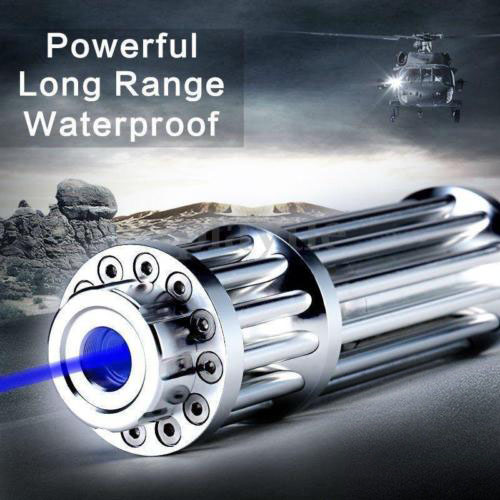Laser weapons have been proposed since the Soviet-American Cold War in the last century, and both sides have achieved a certain degree of success. However, it seems that China's latecomers have come to the top and have faintly become the leader in the field of laser weapons. Although laser pointer weapons are good, they are not so well developed. While China and the United States are secretly competing with each other in laser weapons, India is also eyeing this "sweet pastry".
According to the Indian media "Eurasia Times", directed energy weapons using lasers and microwaves can easily disable aerial targets, including drones, missiles and even satellites. In July 2018, India tested the domestic 1000W vehicle-mounted laser weapon and achieved initial success, but this also proved India's research and development plan for laser weapons and the possession of corresponding technical personnel. The US Navy also recently announced that it has successfully developed a new type of high-energy laser weapon that can instantly destroy airborne targets. The US Navy issued a statement on its website stating that the new laser weapon was mounted on the USS Portland amphibious assault ship, and the weapon was tested for the first time, successfully destroying a military drone.

Speaking of India, although India is buying weapons on the surface, it still has not relaxed its research on advanced weapons and equipment in private. The Indian Ministry of Defense has also set up two research centers dedicated to the development of laser weapons. These two departments are the High Energy Systems and Science Center and the Laser Science and Technology Center. In 2018, India tested a car-mounted laser weapon system in Karnataka. In the test, the laser hit a target 250m away and burned a hole in the metal plate in 36 seconds. According to relevant news, the Indian Ministry of Defense is currently developing a laser weapon with more powerful energy and longer range. The Kajaani Group in India is also trying to develop a directed energy weapon that generates electromagnetic energy beams.
For the U.S. Navy, it has been developing fixed-performance weapons since the 1960s. This directed energy weapon can use microwaves and lasers as means, small enough to affect the enemy’s body or position, and large enough Attack enemy fighters or intercept missiles, etc. The U.S. Pentagon stated that the U.S. military may serve a 300-kilowatt laser weapon in 2022 and increase the power of the laser weapon to 500 kilowatts in 2024. It also hopes to get a megawatt-level laser weapon in the near future. Therefore, although India successfully tested a 1-kilowatt laser weapon in 2018, it still lags far behind China and the United States.
According to Indian media, India can cooperate with the United States or Israel to jointly develop green laser pointer weapons. Of course, the possibility of seeking China is unlikely. China’s low-altitude laser weapon known as the “silent hunter” was exhibited at the UAE’s Abu Dhabi Defense Exhibition. Its effective range is 4km and the power is 30KW. It is mainly used to strike low-altitude drones. It can be used at a distance of 1000m. The steel plate after burning through 5mm. The Indian military said not long ago that laser weapons are very cost-effective for protecting a country with vast airspace like India. Moreover, due to the increasing threat of "certain non-traditional" weapons, especially the threat of drones, laser weapons are the most effective solution to these threats.
However, Imagine and Imagine that many weapons and equipment cannot be achieved overnight, especially in non-traditional fields like laser weapons. There is not a lot of experience and examples to learn from, so in many cases you can only rely on yourself. China has achieved "a hundred flowers blossom" through its own efforts, but for India, it seems that it can only be alone and has a long way to go.
